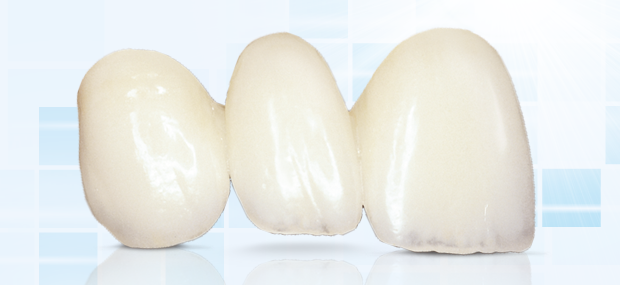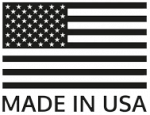
IPS e.max®

A look on the Indications
The indications of IPS e.max dental crowns & bridge have been done, keeping in mind complete anterior or posterior crowns, along with the presence of 3- unit bridges, having the most distal abutment in just one pontic with second bicuspid. The computer aided design process indicates absolute anterior or the posterior crowns. The recommendation of Emax Veneers is advised in the case when it has to be combined with the adjacent IPS e.max crown or bridges. Another condition is the achievement of sufficient amount of reduction, as it could lead to indication of original IPS e.max CAD or IPS empress for onlays, Emax veneers and inlays.Contradictions involved
It should not be used for Maryland type bridges, or in the cases when appropriate preparation requirement cannot be achieved. The application of ips e max crowns & bridge for abutments of cast partials should be avoided. The patients with fault occlusion like clenchers or bruxers should not be allowed for the product.The use of reliable adhesive bonds is necessary for better strength, and accommodation for a dry field after preparation. The bonds could be VarioLinkII, Kerr, Pentron, or Insure.
For the areas where achievement of a dry field is difficult, the ionomer glass systems with less than 0.5 percent expansion, recommended by IvoclarVivadent should be used. The application of glass ionomers with resin enforcements in them, must be avoided for any type of ceramic restoration process.
Vivaglass (Ivoclar Vivadent)
GC Fuji (GC America)
Ketec Cem (3M ESPE)
Panavia F (J. Morita)
C&B Metabond
Variolink (Ivoclar Vivadent)
D2740 Crown
D2610 Inlay for 1 surface
D2620 Inlay for 2 surfaces
D2630 Inlay for 3 surfaces
D2962 Labial Veneer
D2783 Crown 3/4 Porcelain Ceramic (does not include veneers)

